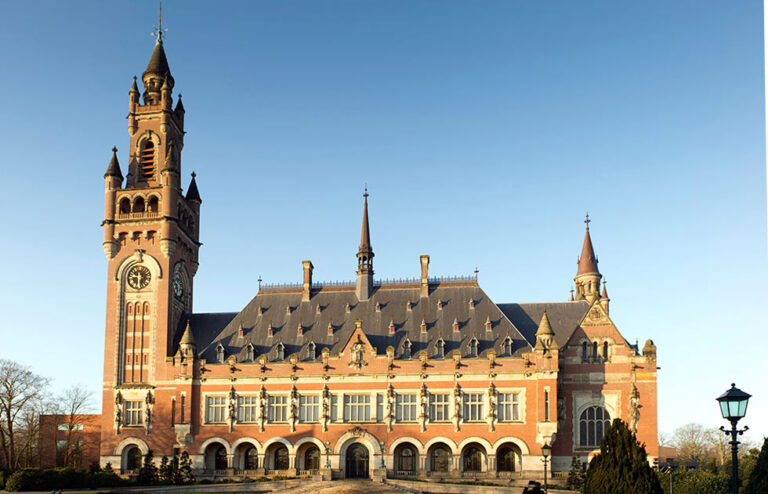
Rome/Glasgow: An ambitious new initiative announced today aims to reduce commodity-driven deforestation and restore forest landscapes, led by the Food and Agriculture Organization of the United Nations (FAO) and the World Resources Institute (WRI) with support from the United States Agency for International Development (USAID).
USAID’s $13.7 million financial commitment to the new initiative, named The Forest Data Partnership, was announced at a dedicated side-event of the 2021 United Nations Climate Change Conference (COP26) in Glasgow. The initiative will improve access to publicly available geospatial data to enhance the safeguarding and management of forest landscapes. Its work will constitute a significant contribution to the Paris Agreement and Sustainable Development Goals.
FAO will play a key role in engaging with member countries to encourage the use of geospatial data to curb deforestation from agricultural supply chains and large-scale restoration. FAO also will play a key role in boosting the capacities of Least Developed Countries to tackle deforestation and restore landscapes through innovative technical solutions.
The current situation
Governments and companies across sectors are pledging to help end deforestation and accelerate restoration in order to ward off the worst impacts of climate change, protect against biodiversity loss, and safeguard the many benefits of forests to people and nature. This includes the Glasgow Leaders Declaration on Forests and Land Use, made at the beginning of COP26, which saw leaders of 138 countries commit to working collectively to halt and reverse forest loss and land degradation by 2030 while delivering sustainable development and promoting an inclusive rural transformation.
Advances in remote sensing, cloud infrastructure, and machine learning are increasing by the day. These technology breakthroughs, combined with government and private sector commitments, have the potential to drastically transform the way landscapes are monitored and managed.
To leverage these game-changing technologies, with financial support from USAID, FAO and WRI will lead the Forest Data Partnership alongside Google, the NASA-USAID SEVIR program, and Unilever. The initiative will work towards a consistent geospatial data ecosystem so that all actors – local, government, producers, traders, and financiers – are able to access consistent, open-source, publicly available, and validated geospatial data related to forest-risk commodities and restoration.
This geospatial data will enable credible and systematic monitoring and verification, which is vital in understanding and preventing deforestation and restoring degraded lands.
Julian Fox, FAO’s Forestry Monitoring expert, commented: “FAO looks forward to working with partners and member countries to enhance the role of transparent and publically available geospatial data to tackle the critical challenges of reducing commodity-driven deforestation and catalyzing large-scale forest and landscape restoration.”
FAO is already a lead partner in the United Nations (UN) Secretary General’s Turning the Tide on Deforestation initiative and the flagship UN-REDD Programme and is currently co-leading the UN Decade on Ecosystem Restoration to prevent, halt, and reverse the degradation of ecosystems worldwide. FAO’s open access Hand-in-Hand Geospatial platform already provides member countries, decision-makers and wider audiences with open and transparent data and relevant information related both to forestry and other areas. This includes The Global Forest Resources Assessment, which regularly assesses global forest resources and analyses progress on reforestation and deforestation.
– global bihari bureau





